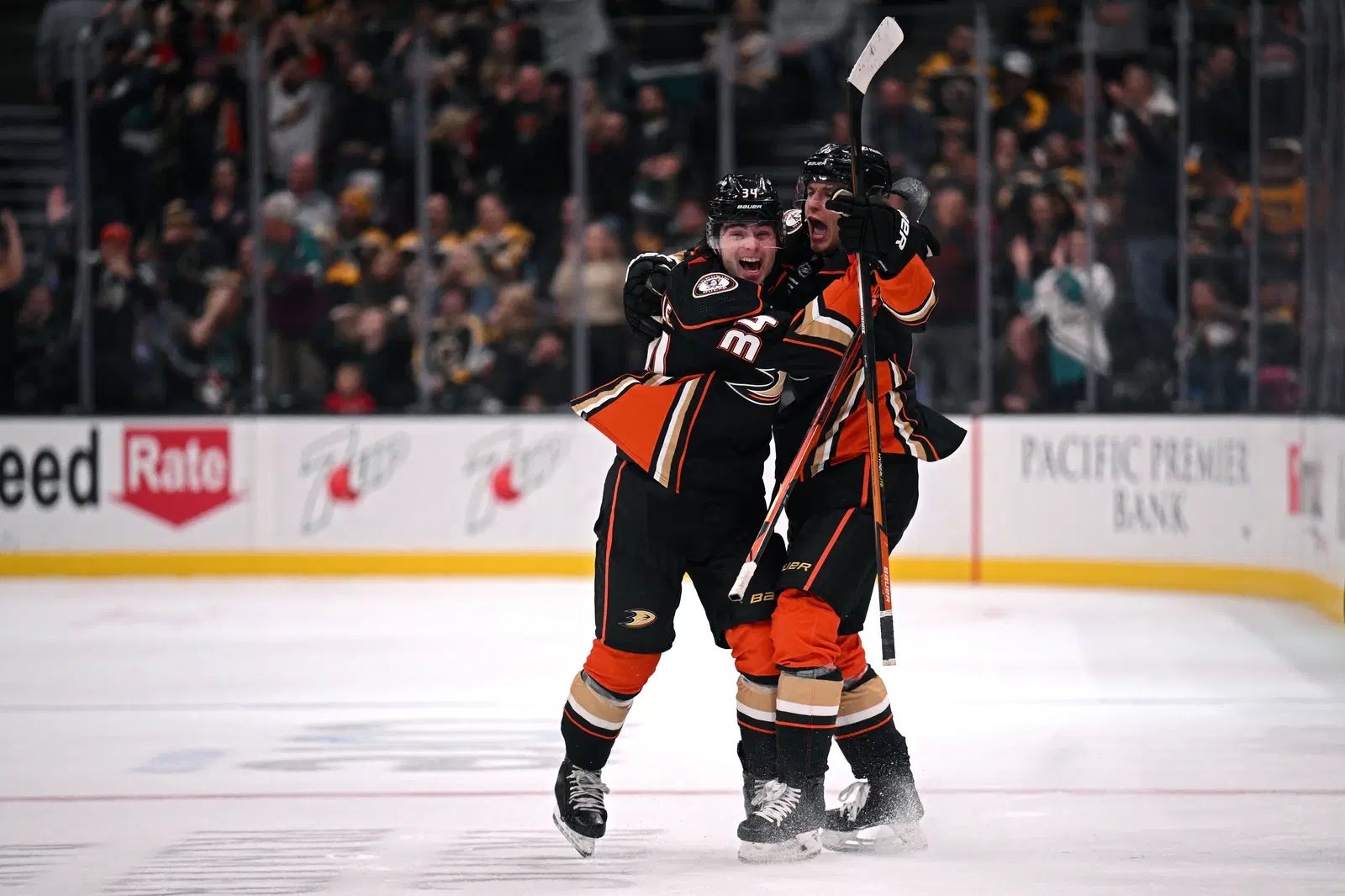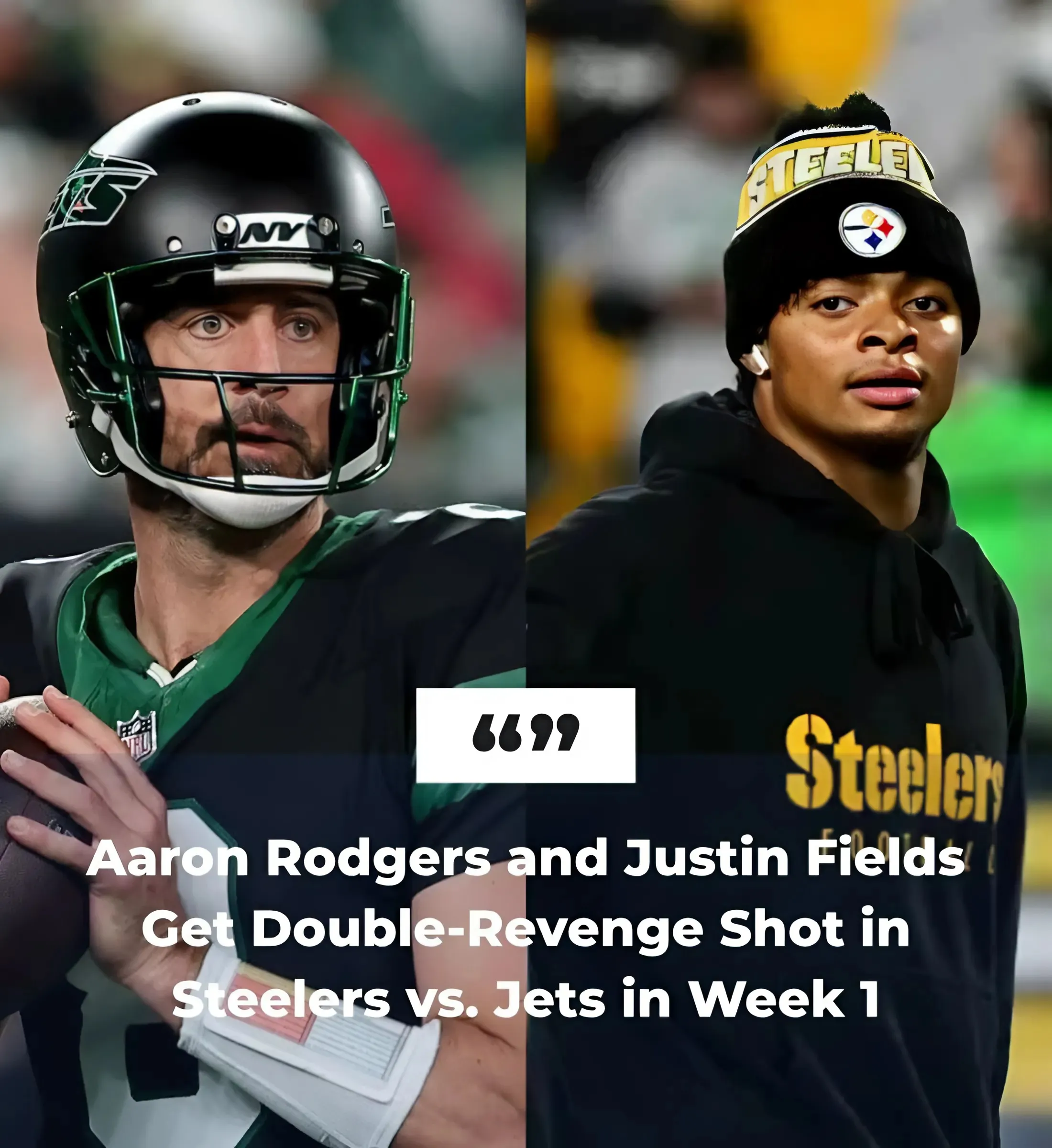
Trevor Zegras immediately steps into a featured role in the Flyers' top-six. (Photo: Orlando Ramirez, Imagn Images)
After Monday's Trevor Zegras trade, the Philadelphia Flyers are going to be looking a lot different at the forward position in the 2025-26 season.
Center Ryan Poehling, effectively the centerpiece of the blockbuster deal from the Flyers' side of things, will need to be replaced. Zegras, who may or may not be a true center at the NHL level, will slot in nicely at the top of the lineup at left wing or down the middle.
But, the 24-year-old former No. 11 pick won't be replacing Poehling's defensive and penalty killing impacts and has a career-high single-season faceoff percentage of only 41.4%. The latter is not the worst you'll find - Jack Hughes has a career success rate of 38% - but it won't be conducive to success in a defensive role of any real importance.
Instead, that will be left to longer-tenured Flyers, such as Sean Couturier and Noah Cates. And even with Cates, his faceoff percentage last season was 44.6%. In short, the Flyers have created more offensive opportunity with the addition of Zegras at the cost of penalty killing and, in some cases, puck possession via faceoffs.
Let's take a peek at what this will look like on paper ahead of the 2025 NHL Draft and the start of free agency:
Travis Konecny - Sean Couturier - Matvei Michkov
Jakob Pelletier - Trevor Zegras - Owen Tippett
Tyson Foerster - Noah Cates - Bobby Brink
Nick Deslauriers - Rodrigo Abols - Garnet Hathaway
In this forward group, we make a few assumptions. The most notable is that new Flyers head coach Rick Tocchet keeps Couturier, Travis Konecny, and Matvei Michkov together.
Defense was a major pain point with them, as they surrendered 3.15 expected goals against per 60 minutes, per Moneypuck, but they also created 4.59 expected goals per 60 minutes, which trailed only lines of Zach Hyman, Connor McDavid, and Leon Draisaitl; Brandon Hagel, Anthony Cirelli, and Nikita Kucherov, and Jordan Martinook, Jordan Staal, and William Carrier.
On the other hand, those 3.15 expected goals against ranked fifth-worst in the league amongst lines with at least 230 minutes together.
The next assumption, of course, is that Jakob Pelletier re-signs with the Flyers and plays a somewhat featured role in the middle-six.
In Vancouver, Tocchet was fond of a similar undersized spark plug forward with some offensive skill in Nils Hoglander.
Paired with Owen Tippett for 105 minutes of 5-on-5 action, Pelletier and Tippett out-scored opponents 5-3 while owning 52% of the shot attempts and a staggering 64.66% of the expected goals, per Natural Stat Trick.
Scoring chances were 45-25 for the Flyers with them on the ice, and high-danger scoring chances were 20-12. All five of the Flyers goals scored with Tippett and Pelletier on the ice were high-danger goals.
This was a small end-of-season sample size, to be clear, but Pelletier and Tippett are two unrelenting forecheckers with decent speed and offensive skill. When you replace Poehling on that line with Zegras, as the Flyers have effectively done, the forward lineup has so much more flexibility and potential.
The elite performance of the checking line that is Cates, Tyson Foerster, and Bobby Brink is duly noted, and they should remain together for the foreseeable future.
The fourth line of Nick Deslauriers, Rodrigo Abols, and Garnet Hathaway could use a lot of work, but this is what the Flyers are working with at the time of the Zegras trade.
Prospect Karsen Dorwart could make a case for a roster spot, but it's likely to assume the Flyers turn to a veteran in Abols to start.



